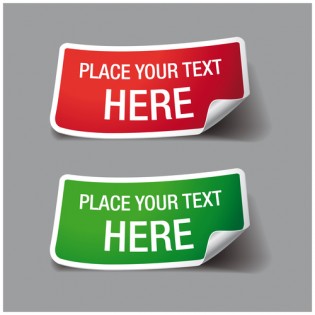Consumers subconsciously respond to visual stimuli. This has been the case ever since man studied human psychology and mastered how it works. Product packaging experts know this well. That is why they invest thousands and sometimes millions of dollars to come up with impressive product packages and labels. The aim is to always come up with packages that are impressive and at the same time speak to the subconscious. But how in the first place does this happen? How do packaging and labeling experts come up with designs and fonts that speak to the subconscious?
Subliminal Brand Messages
When it comes to labels and packaging, a brand’s value should always be reflected in the packaging. This may seem like an obvious statement but it is not. Think about it this way. Diet cookies are always presented in small and slimmer packages that feature labels with images of healthy looking people. Air fresheners on the other hand are usually filled with images of jasmine, lavender, honey and milk in a bid to evoke feelings of comfort and tranquility.
Color
Apple’s most successful products are entirely white in color. Nearly all high end colognes in the world feature dark colors because manufacturers know dark colors send a message to consumers that a product is not just unique but classy. Cleaning and sanitation products are always packed in white containers with blue labels. One look at the cleaning product makes one think of a sterile environment free of bacteria and germs. The bottom line here is, color affects how humans think. A product that solely addresses environmental degradation issues and promotes recycling will most likely be green in color. That is because people associate green with nature. Color is simply a vital factor when it comes to appealing to the subconscious.
Interactive Packaging Design
When it comes to packaging, creativity makes all the difference. Honey lovers will most likely buy a honey packed in container shaped like a beehive. The same case applies to dog treats packed in a container that features cute dogs as opposed to one with fierce looking dogs. These are inexpensive design ideas that don’t seem to speak much to the consumer. The message looks to appeal to the subconscious without one even realizing it. An overweight person trying to lose weight is more likely to pick a slimming product packed in a slim container with labels that portray slim people.
Emotional Engagement
It is hard, almost impossible to come across any product with images of sad people on the packaging. This is a deliberate move by manufacturers. Products always feature happy looking couples, children or even animals. This speaks to the subconscious faster than word of mouth. One immediately associates a product with happiness, a virtue that looks elusive today. The results would be disastrous if products featured images of fierce looking people. The trick here is to have good looking, happy and healthy faces on product labels. Consumers then just buy, sometimes without knowing why they buy the said product over and over.







